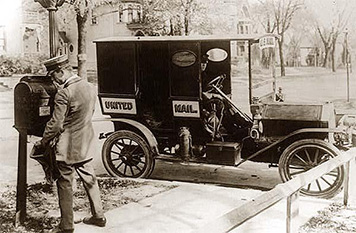The Best List Segmentation for Maximum Donations

When going about email marketing, it is always better to appeal to your audience on an individual, personal basis. The problem with generalizing your audience is that they aren’t all the same; you can’t just shoehorn them into a solitary category and expect them to react in exactly the same way. That’s why email list segmentation is so vital to your nonprofit’s email marketing efforts, as it allows you to acknowledge and utilize your audience’s individuality in a way that optimizes your emails for maximum donations.
First off, let’s start with a few numbers that demonstrate the power of list segmentation. MailChimp reports that segmented emails have a 14.4% greater open rate than those that aren’t segmented, and get 14.9% more clicks. Pretty good, right? Another study by Lyris found that list segmentation increased open rates by as much as 39%, and decreased unsubscribe rates by 28%. And one statistic reported that relevant emails drive 18 times more revenue. Those are the kind of results we’re all looking for, that we want for our nonprofit. And thanks to all the email marketing software currently available, it’s a completely achievable goal.
 Your audience is unique, so segment accordingly.
Your audience is unique, so segment accordingly.
Even though everyone on your email list has willingly signed up to receive updates, that doesn’t mean that they’re all the same. Sure, they share a common interest—your nonprofit and its causes—but that’s where the similarities end. In almost every other regard, they are completely different. So start segmenting your audience, without going overboard. Your segments should be a lot more varied than, say: female, male, 18–34 years old, 35–49 years old, etc.
Sure, things like that are a great starting point, but each of your contacts can be included in an endless amount of list segments. For instance, one contact may be segmented into the following groups: female, 18–34 years old, college graduate, business owner, major donor, etc. The more specific your segments, the more flexibility your nonprofit will have down the road in their email marketing efforts, targeting just the right demographic.
Distinguish between individuals, foundations, and businesses.
Segmenting individuals is great, and something you should be doing on a regular basis, but don’t neglect to take into account foundations and businesses, as well. While these two groups are likely the minority in terms of the size of your email list, they are often responsible for large donations. In casino and gambling parlance, think of these as your “whales.” They might require a little more attention and care than others, but the payoff of nurturing them can be considerably higher than a single individual.
 Track where your donations are coming from.
Track where your donations are coming from.
Segmentation offers a whole host of benefits, but perhaps one of the most important is—at least from a business standpoint—the ability to track where your donations are coming from, and list segmentation allows you to do just that.
-
Which segment has the highest return on investment?
-
Which has shown the most support this time of the year?
-
Which has the highest open rates?
-
Which is likely to share the email’s content with others?
Those questions and more are easily answered via segmentation and allow you to target your efforts for maximum effectiveness. Segmentation is a powerful tool, but be sure to use it appropriately. Find a sweet spot between emails that inform your readers and those that ask them to show their support. After all, what good is list segmentation if you’re just hammering your audience with nonstop requests for donations? That kind of behavior is a quick and easy way to get your readers to unsubscribe, so try to strike just the right balance. And as always, provide value first and you’ll find that the rest falls into place much more easily.





